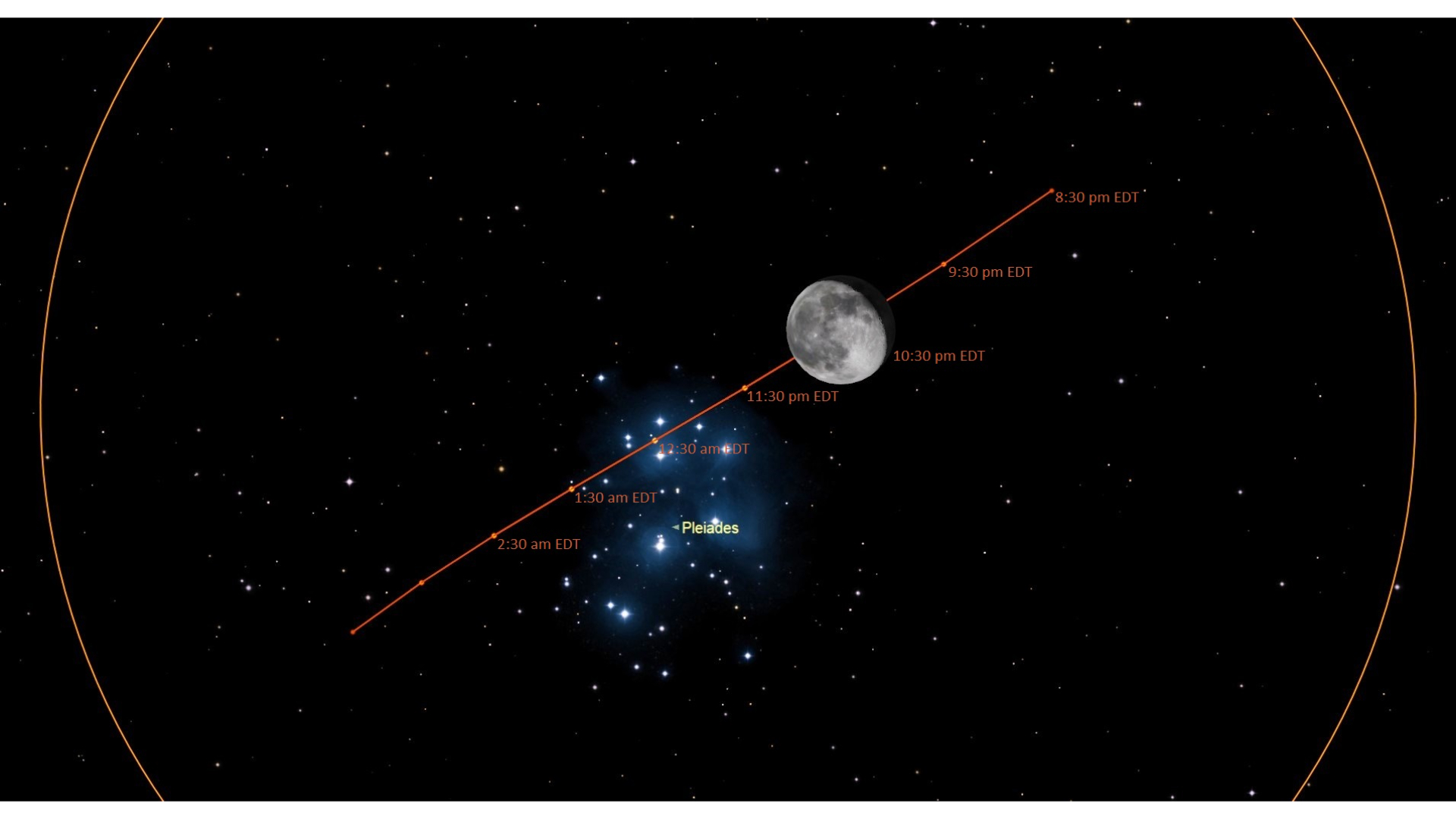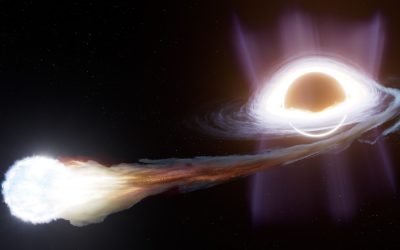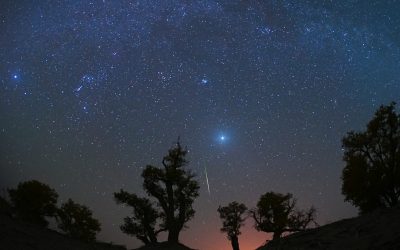For skywatchers in North America who may have missed the moon’s previous passes in front of the Pleiades in January, February, and July, the next celestial event is scheduled for Thursday night, October 9. During this observation, the moon will be a waning gibbous, appearing 86% sunlit. This bright illumination will create a distinctive spectacle as stars from the Pleiades cluster disappear behind the moon’s brilliant leading edge and subsequently reappear from the slender, dark crescent on its trailing side.
Observing stars as they are obscured by the moon’s bright, illuminated edge requires a telescope. Binoculars typically lack the necessary magnification, particularly when contending with the moon’s glare. For clear viewing with a telescope, experts advise using an eyepiece that provides at least 50-power magnification.
However, observing stars as they reappear from behind the moon’s dark edge presents a much simpler task. For such sightings, binoculars are generally adequate, particularly when stabilized on a tripod.
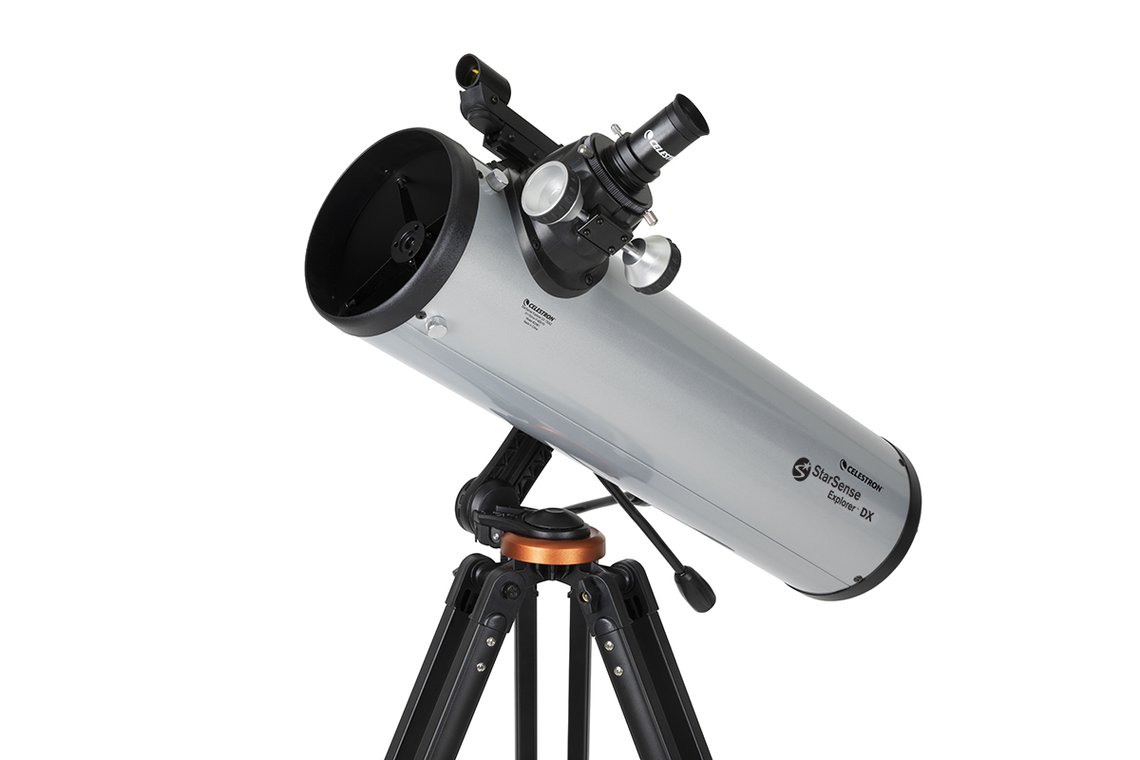
Observers across the western U.S. and Canada are set to witness the Moon’s gradual alignment with the Pleiades star cluster, popularly known as “The Seven Sisters,” during the early to mid-evening hours. While specific details may vary by location, this celestial event will be visible relatively low in the east-northeast sky, roughly 10 degrees above the horizon.
For skygazers across the eastern United States and Atlantic Canada, the celestial event is slated to commence roughly an hour on either side of local midnight. Specifically, observers in the Eastern time zone will see it begin before midnight, while those in the Atlantic time zone can expect it after midnight. The moon will be notably elevated during this period, appearing approximately halfway up the eastern sky. The entire transit of the moon across the star cluster is projected to last about two hours.
Observers in Chicago are set for a captivating celestial event as the moon performs a stellar ballet, occulting three prominent stars within the Pleiades cluster. Electra, shining at magnitude 3.7, will vanish behind the moon’s bright limb around 10:27 p.m. CDT, subsequently re-emerging from its dark side at 11:20 p.m. Taygeta (magnitude 4.3) will follow, disappearing at approximately 10:53 p.m. and reappearing at 11:38 p.m. Maia, with a magnitude of 3.8, completes this trio, going out of sight at 10:55 p.m. and returning to view at 11:55 p.m. CDT.
From the Chicago perspective, four other luminous stars among the Pleiades’ brightest seven – Alcyone (magnitude 2.8), Atlas (3.6), Merope (4.1), and Pleione (5.0) – will narrowly avoid occultation. Beyond these named stars, numerous fainter stars within the cluster are also anticipated to be briefly obscured during the moon’s passage.
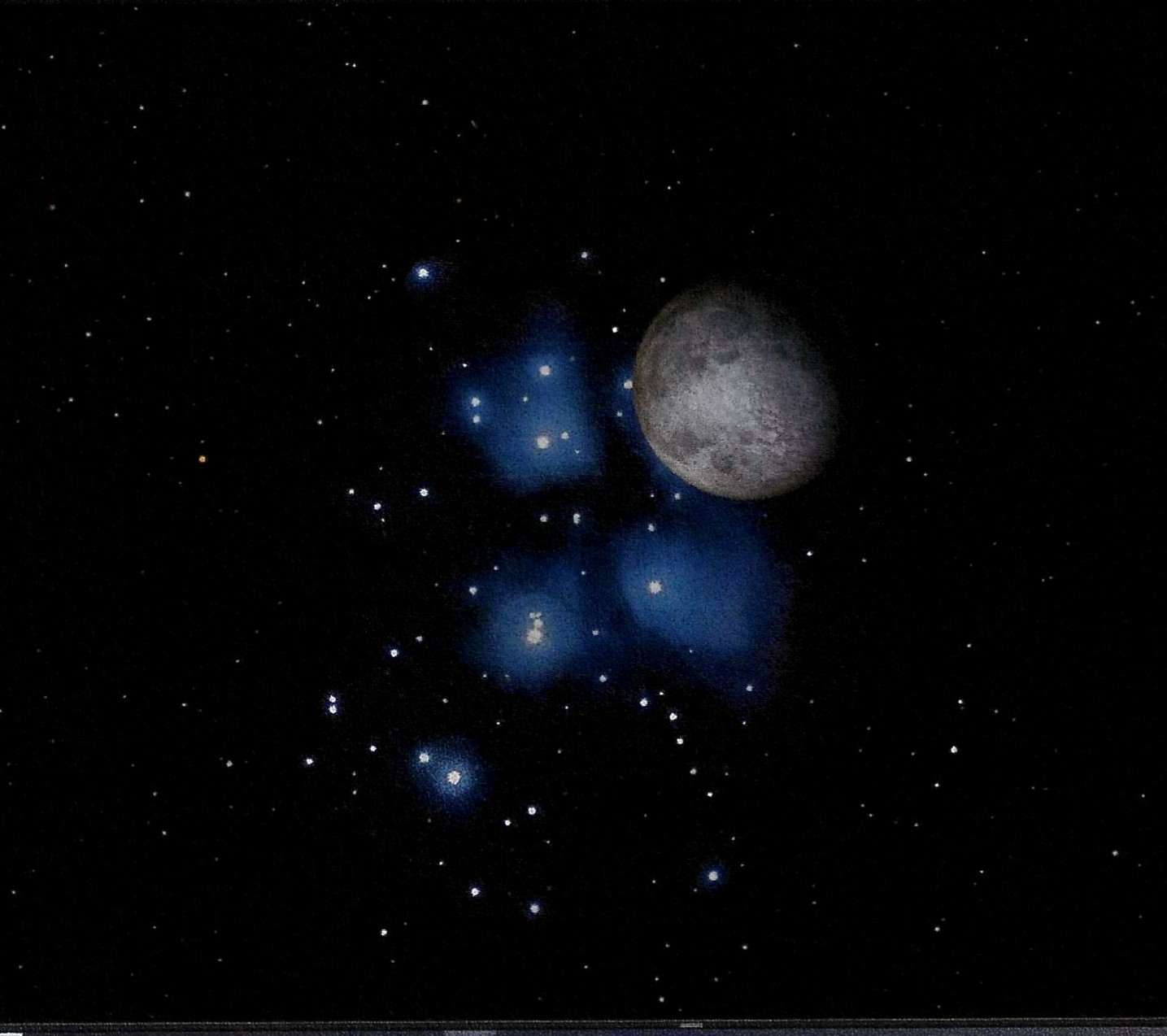
The International Occultation Timers Association (IOTA) has unveiled comprehensive timetables, charting celestial events for four specific stars within the cluster. These precise schedules are now accessible, detailing observations across hundreds of global locations.
Each page outlines the precise moments for the star’s anticipated disappearance and reappearance, with all timings standardized in Universal Time (UT), which is equivalent to Greenwich Mean Time (GMT). The occultation officially falls on October 10, as the event commences after midnight UT. However, for most local time zones, converting these times will place the event before local midnight on October 9. Atlantic Canada remains the sole exception to this local date conversion.
For observers in Denver, Colorado, the star Alcyone is slated to disappear at 10:32 p.m. MDT on October 9. This corresponds to 4:32:30 Universal Time (UT) on October 10, given Denver’s six-hour time difference from UT. The star is then expected to reappear at 10:51 p.m. MDT, or 4:51:21 UT.
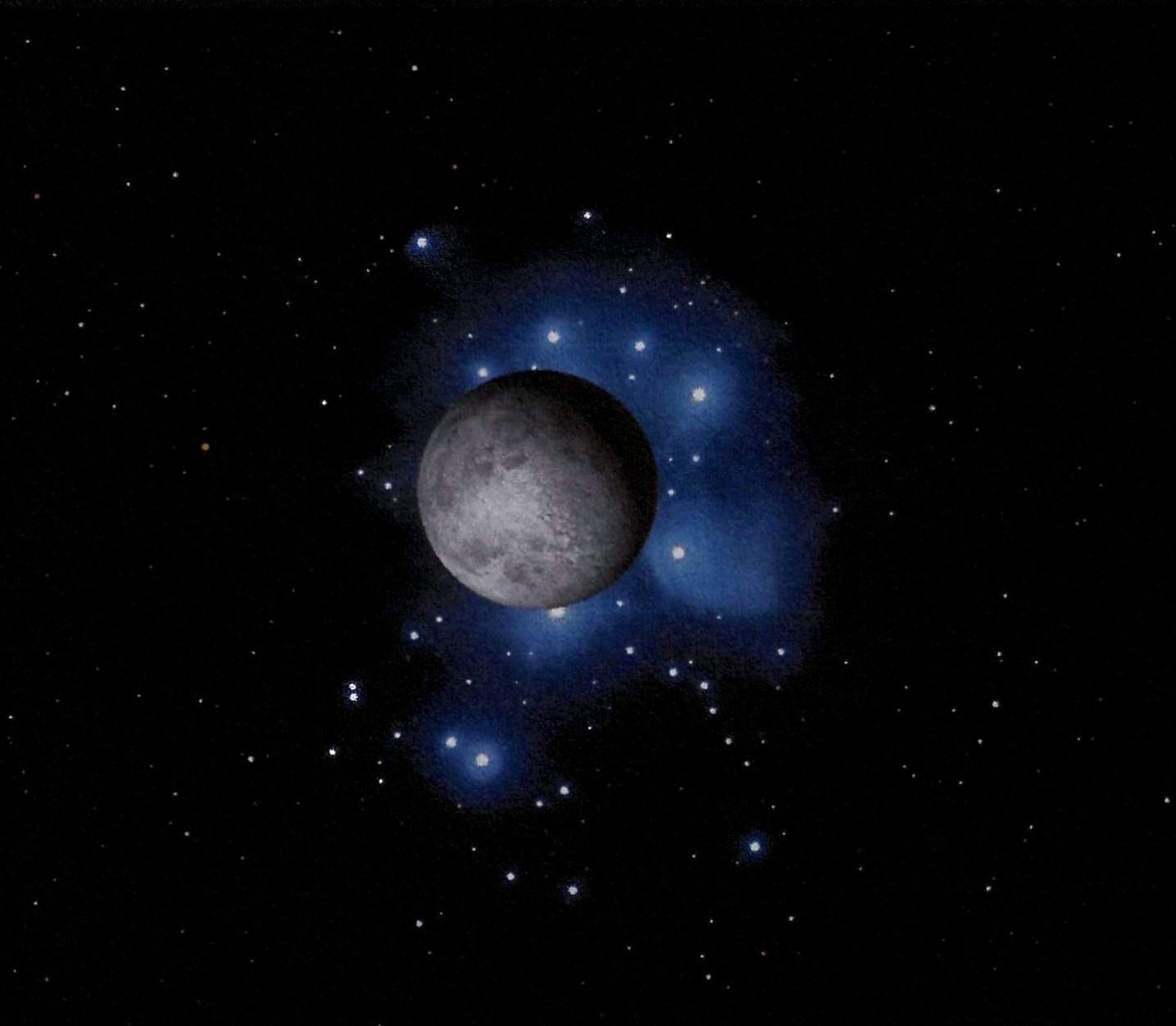
Denver, Colorado, will serve as a key location for observing the Moon’s celestial alignment with the Pleiades star cluster on the evening of October 9. This astronomical event is anticipated to occur during the mid-to-late hours.
Observational views were captured at one-hour intervals, presented chronologically from left to right, commencing at 9:30 p.m. MDT, followed by 10:30 p.m. MDT, and concluding at 11:30 p.m. MDT. The moon, typically moving from west to east at a rate of approximately half a degree (its own diameter) per hour, is anticipated to take about two hours to fully traverse the star cluster. A significant visual contrast highlights the moon’s notably smaller appearance relative to the Pleiades, which measures approximately one degree across.
Accompanying the timetable is a world map, presented in Mercator projection, which clearly delineates the global region where the occultation will be visible. The map utilizes distinct color-coded boundaries to indicate varying observational parameters. Cyan lines specifically mark the curves where the occultation’s disappearance or reappearance coincides with either moonrise or moonset. Continuous white lines denote the northern and southern limits of the occultation during nighttime hours. Additionally, continuous blue lines define the occultation limits observable during twilight, while dotted red lines depict those occurring in daylight.
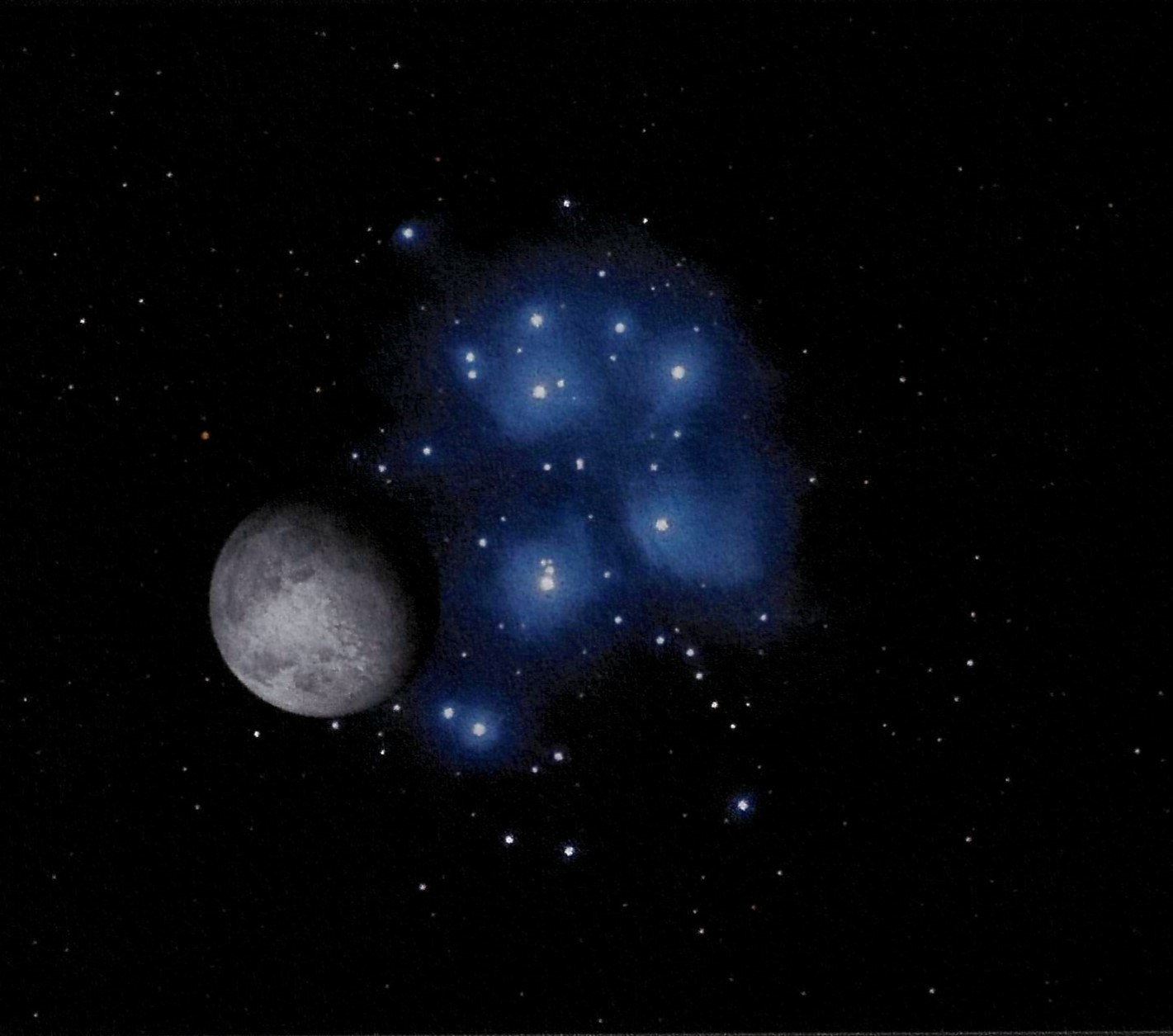
Occultations involving Alcyone and Atlas will be visible across the northwestern United States, western Canada, and Alaska. For Electra, the viewing window encompasses virtually all of North America, including Greenland. Meanwhile, Maia’s visibility will be concentrated over much of the U.S., central and eastern Canada, and Greenland.
Stellar occultations, where the Moon passes in front of a specific star, are a predictable astronomical phenomenon, not a random occurrence. From various vantage points across Earth, these lunar crossings with a particular star occur monthly. This consistent monthly pattern forms what is known as an occultation series, often spanning several years.
The ongoing series of Pleiades occultations, for instance, commenced in September 2023 and is set to continue through July 2029. Following 2029, the Moon will track south of the Pleiades, initiating a temporary halt in these events until the subsequent series begins in 2042.
The next Pleiades occultation to offer widespread visibility across North America is scheduled for Wednesday evening, December 3. This celestial spectacle, set to unfold the day before a full moon, marks the subsequent viewing opportunity following Thursday.

Joe Rao is an accomplished instructor and guest lecturer at the Hayden Planetarium in New York. He is also a prolific astronomy writer, contributing articles to publications such as Natural History magazine, Sky and Telescope, and various other outlets.

